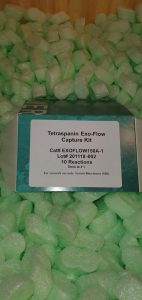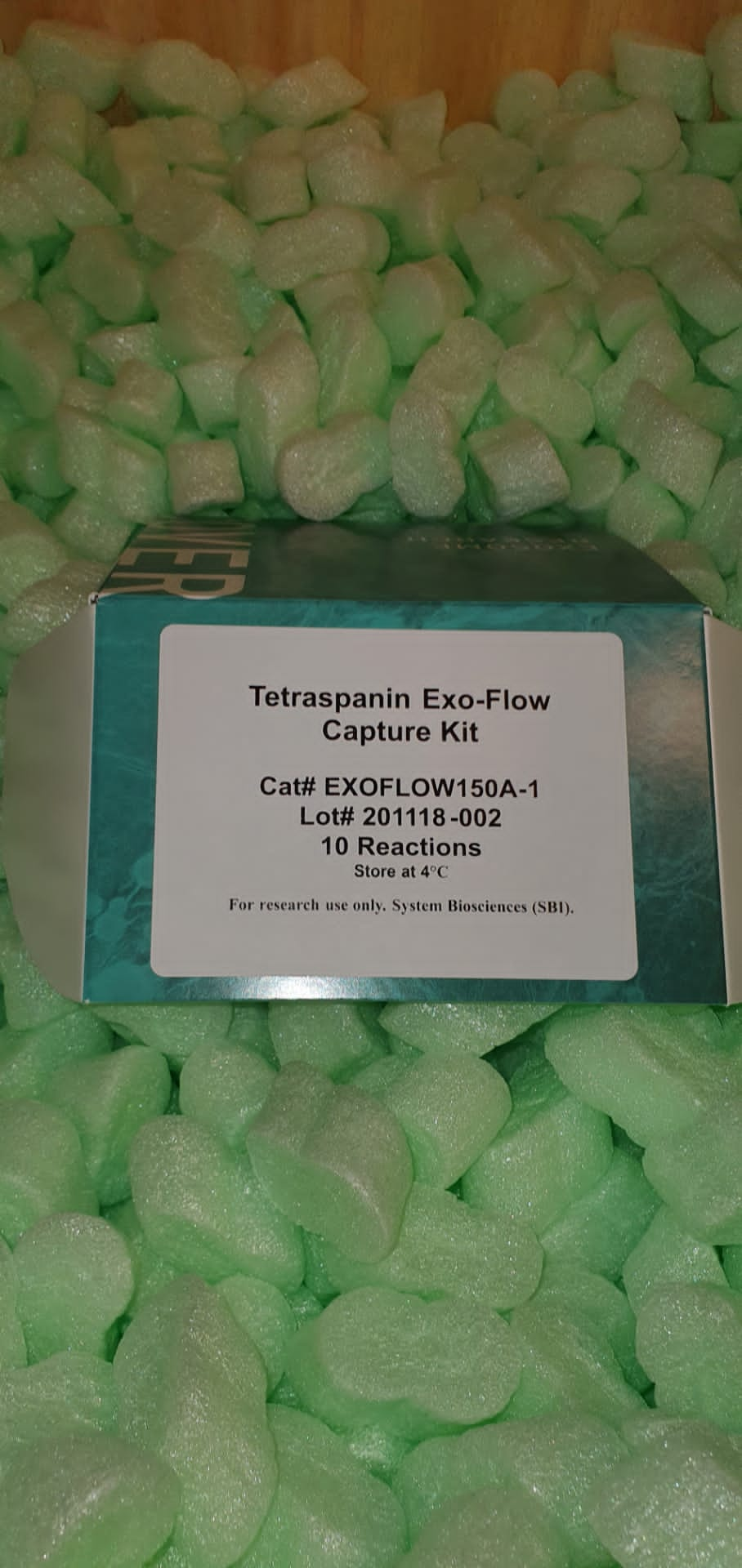Transfer RNA (tRNA)-derived small RNAs (tsRNAs) have been discovered to play vital roles in the incidence and improvement of cancers. However, the tsRNA profile in gastric cancer is unknown. In this examine, we aimed to determine the worldwide tsRNA profile in plasma from gastric cancer sufferers and elucidate the function of tRF-33-P4R8YP9LON4VDP in gastric cancer. Differentially expressed tsRNAs in the plasma of gastric cancer sufferers and wholesome controls had been investigated utilizing RNA sequencing.
The expression ranges of tRF-33-P4R8YP9LON4VDP in the plasma of gastric cancer sufferers, wholesome controls and gastric cancer cell strains had been first detected by quantitative reverse transcription-polymerase chain response. The results of tRF-33-P4R8YP9LON4VDP overexpression or downregulation in gastric cancer cells on proliferation, migration, apoptosis, and cell cycle had been analyzed utilizing the Cell Counting Kit-8, scratch assay, Transwell assay, and circulation cytometry, respectively. There had been 21 upregulated and 46 downregulated tsRNAs discovered in plasma from gastric cancer sufferers.
Glioblastoma multiforme (GBM) is one of the worst mind tumors arising from glial cells, inflicting many deaths yearly. Surgery, chemotherapy, radiotherapy and immunotherapy are used for GBM therapy. However, GBM continues to be an incurable illness, and new approaches are required for its profitable therapy. Because mutations and amplifications occurring in a number of genes are answerable for the development and aggressive habits of GBM cells, genetic approaches are of nice significance in its therapy. Small interfering RNA (siRNA) is a new rising software to silence the genes answerable for illness development, significantly cancer. SiRNA can be utilized for GBM therapy by down-regulating genes such as VEGF, STAT3, ELTD1 or EGFR.
Furthermore, the use of siRNA can promote the chemosensitivity of GBM cells. However, the effectivity of siRNA in GBM is restricted by its degradation by enzymes, and its off-targeting results. SiRNA-loaded carriers, particularly nanovehicles which are ligand-functionalized by CXCR4 or angiopep-2, can be utilized for the safety and focused supply of siRNA. Nanostructures can present a platform for co-delivery of siRNA plus anti-tumor medicine as one other profit. The ready nanovehicles needs to be steady and biocompatible in order to be examined in human research.
Long non-coding RNA NEAT1 regulates ferroptosis sensitivity in non-small-cell lung cancer

Plant ARGONAUTE Protein Immunopurification for Pathogen Cross Kingdom Small RNA Analysis
Over the final decade, it has been seen that microbial pathogens and pests ship small RNA (sRNA) effectors into their host crops to govern plant physiology and immunity for an infection, identified as cross kingdom RNA interference. In this course of, fungal and oomycete parasite sRNAs hijack the plant ARGONAUTE (AGO)/RNA-induced silencing advanced to post-transcriptionally silence host goal genes. We hereby describe the methodological particulars of how we recovered cross kingdom sRNA effectors of the oomycete pathogen Hyaloperonospora arabidopsidis throughout an infection of its host plant Arabidopsis thaliana.
This Bio-protocol accommodates two elements: first, a detailed description on the process of plant AGO/sRNA co-immunopurification and sRNA restoration for Illumina excessive throughput sequencing evaluation. Second, we clarify how you can carry out bioinformatics evaluation of sRNA sequence reads utilizing a Galaxy server. In precept, this protocol is appropriate to analyze AGO-bound sRNAs from various host crops and plant-interacting (micro)organisms. RNA-based therapeutics have emerged as one of essentially the most highly effective therapeutic choices used for the modulation of gene/protein expression and gene enhancing with the potential to deal with neurodegenerative ailments.
[Linking template=”default” type=”products” search=”Mouse CD1 Cerebral Cortex, entorhinal Total RNA” header=”2″ limit=”113″ start=”2″ showCatalogNumber=”true” showSize=”true” showSupplier=”true” showPrice=”true” showDescription=”true” showAdditionalInformation=”true” showImage=”true” showSchemaMarkup=”true” imageWidth=”” imageHeight=””]
However, the supply of nucleic acids to the central nervous system (CNS), in specific by the systemic route, stays a main hurdle. This assessment will concentrate on the methods for systemic supply of therapeutic nucleic acids designed to beat these boundaries. Pathways and mechanisms of transport throughout the blood-brain barrier which might be exploited for supply are described, focusing in specific on smaller nucleic acids together with antisense oligonucleotides (ASOs) and small interfering RNA (siRNA).

